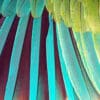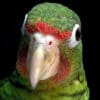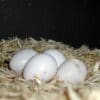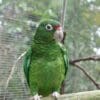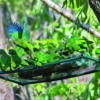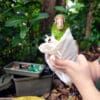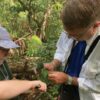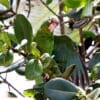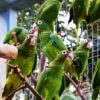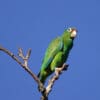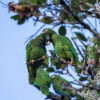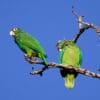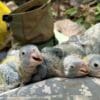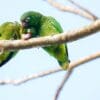Puerto Rican Amazon
Also known as:
Puerto Rican Parrot, Red-fronted Amazon
Also known as:
Puerto Rican Parrot, Red-fronted Amazon
DID YOU KNOW?
Hurricanes have become a major threat to the Puerto Rican Amazon and many other Central American parrot species.

Amazona

vittata
Size:
29 cm (11.3 in)
Weight:
320 g (11.2 oz)
Subspecies including nominate:
one, subspecies gracilipes extinct.
Colour Adult:
A.v. vittata: Both adults mostly green, medium-sized parrots; yellow on underparts, the feathers scalloped with soft black; red lores and frontal band; dark blue primary coverts and primary feathers; tail green with red at base. Beak yellow/horn in colour. Eye ring white. Eye brown.
A.v. graciliceps (extinct): Both adults as in vittata but smaller in size and with smaller, more slender feet.
Colour Juvenile:
As in adults but with pale yellow beak with grey at base of upper mandible.
Call:
There is a wide range of whistles, squawks, and horn-like sounds, and the repertoire is complex and may be individual to each bird.
More Information:
Content Sources:
CITES
Avibase
BirdLife International
Cornell Lab of Ornithology/Birds of the World
A Guide to Parrots of the World, Juniper and Parr, 1998
Parrots of the World, Forshaw, 2006. 2010 edition
Vanished and Vanishing Parrots, Forshaw, 2017.
Parrots: Status Survey and Conservation Plan 2000-2004, Snyder, McGowan, Gilardi and Grajal, 2000.
Captive Status:
In captive breeding programs.
Longevity:
—
Housing:
Breeding facilities at El Yunque and Rio Abajo, Puerto Rico.
Diet:
Variety of wild fruits and other wild vegetation.
Enrichment:
—
Nest Box Size:
—
Clutch Size:
2 to 4
Fledging Age:
About 9 weeks.
Hatch Weight:
—
Peak Weight:
—
Weaning Weight:
—
World Population:
Nearly 700 individuals, both wild and in a breeding program. Increasing.
IUCN Red List Status:
Critically Endangered
CITES Listing:
Appendix I
Threat Summary:
A BirdLife ‘restricted range’ species. Affected mainly by habitat loss; also hunting, trapping for trade and increasingly severe hurricanes. In addition, introduced honeybees occupy nest cavities, botflies (Philornis pici) parasitise nestlings, and increasing numbers of Pearly-eyed Thrashers (Margarops fuscatus) destroy nests.
Range:
Puerto Rico and formerly neighbouring islands of Mona and Culebra.
Habitat:
Formerly found in all vegetation types from mangrove to montane forest with the exception of dry forest in south of Puerto Rico. Reminant population found in moist montane forest between 200-600 m (656-1968 ft).
Wild Diet:
Birds feed on Ficus and jagua (Genipa americana) fruits, and the nuts of Chrysobalanus icaco. Also takes Dacryodes and allied species’ seeds. In the Luquillo rainforest birds were recorded taking fruits, seeds, flowers and leaves from up to 60 species of plant.
Ecology and Behaviour:
Found generally in pairs. Aggressively territorial while breeding. Formerly found in large flocks.
Clutch and Egg Size:
2 to 4, 35.5 x 28.5 mm (1.4 x 1.1 in).
Breeding Season:
February-June in tree cavities.
Related Links:
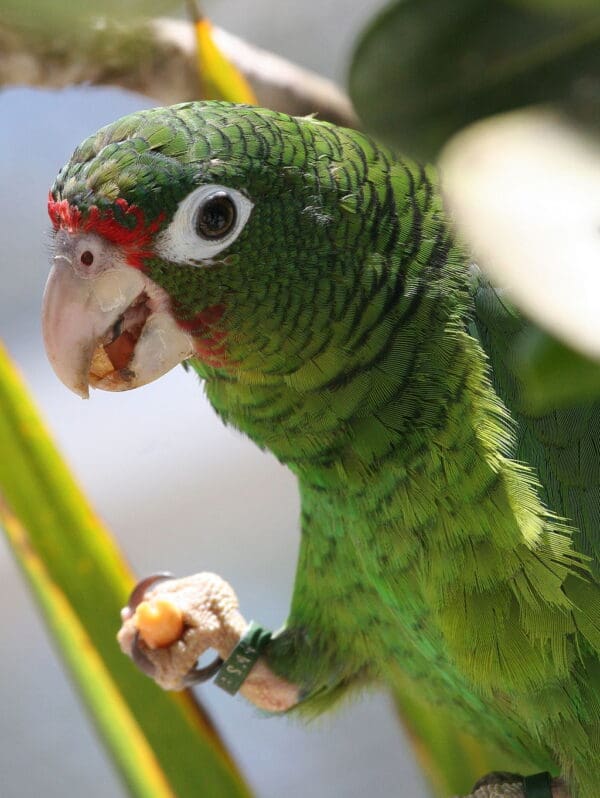

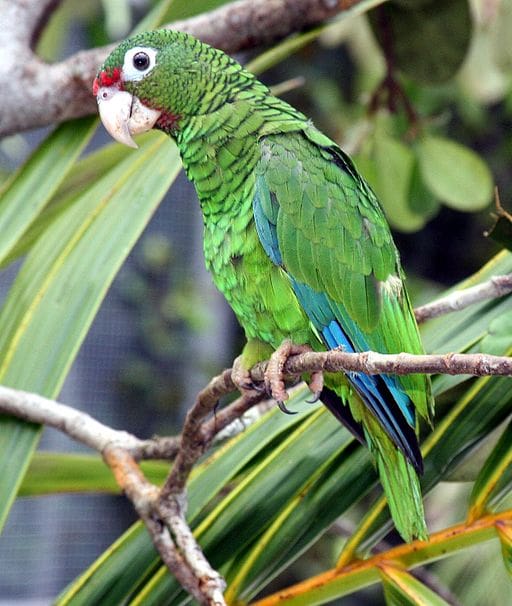
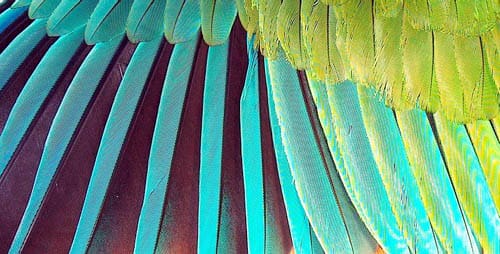
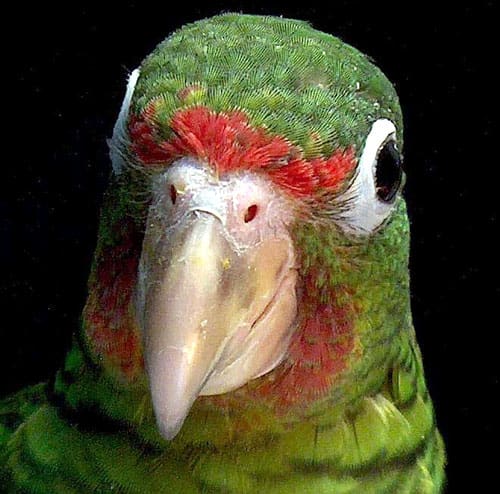
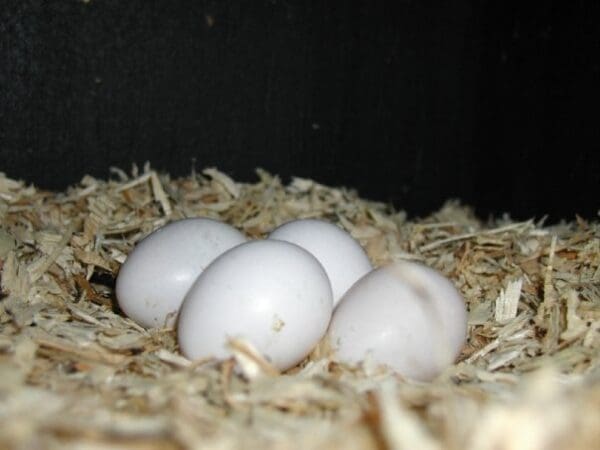
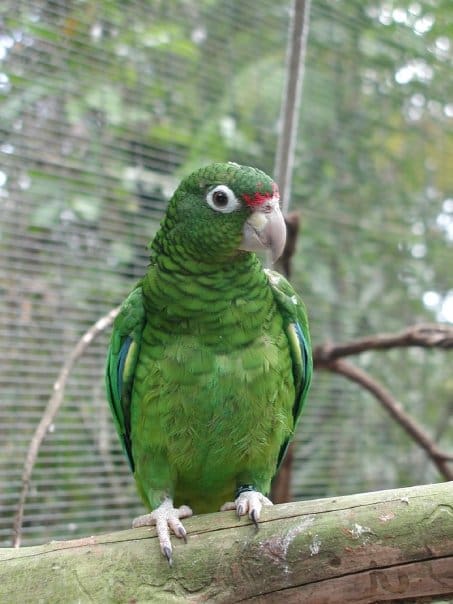
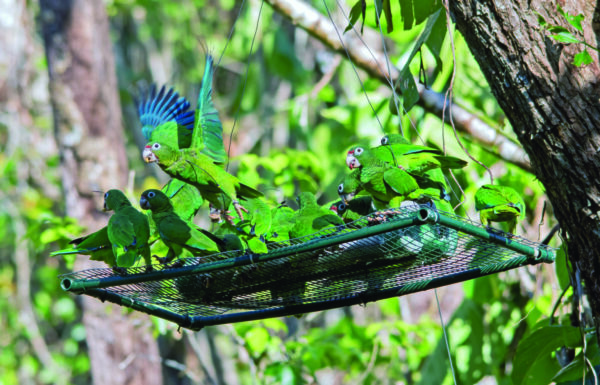
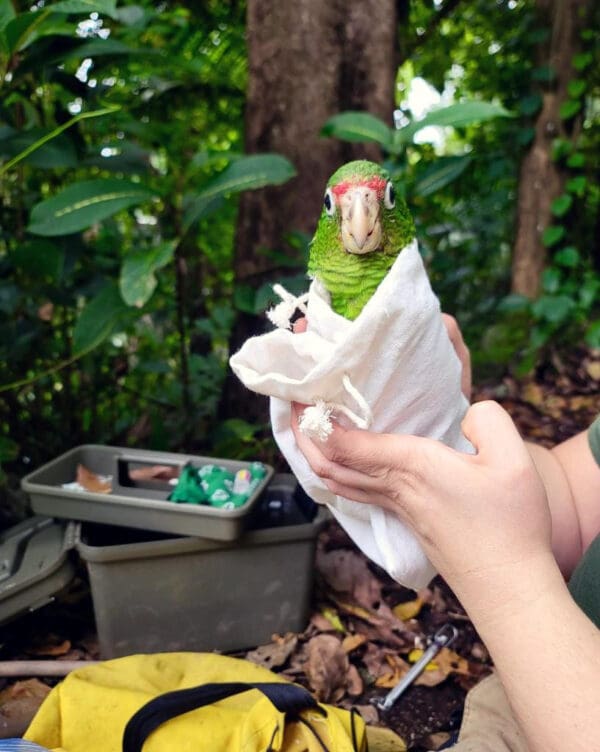
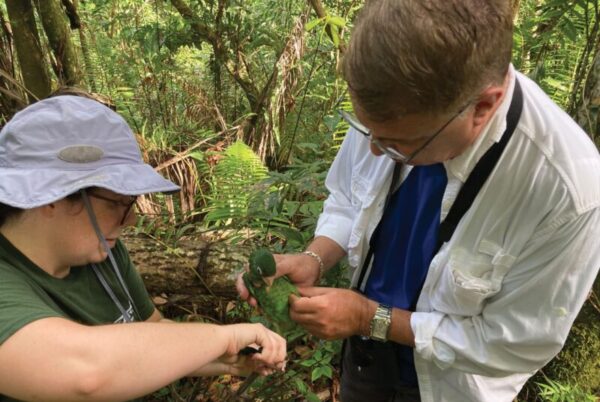

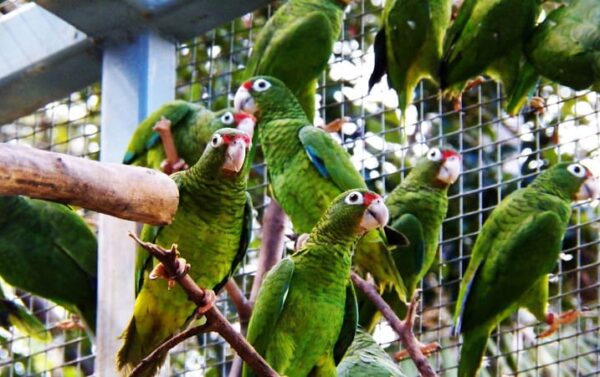


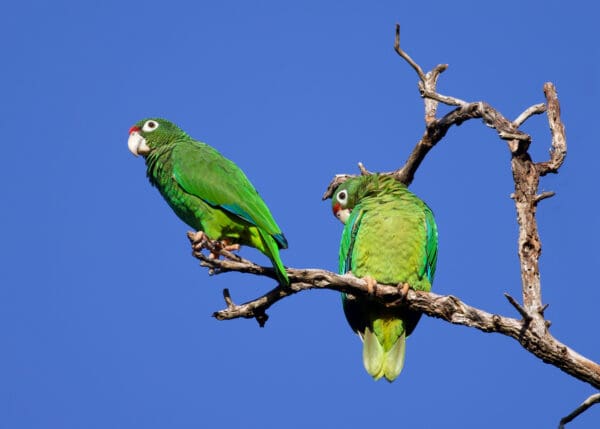
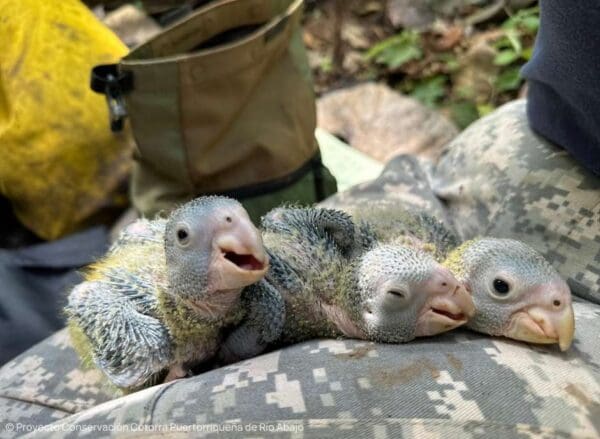
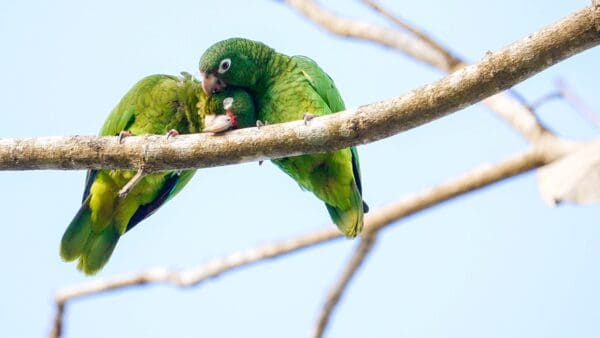

![© US Fish and Wildlife Service [CC BY-SA 2.0] A wild Puerto Rican Amazon hides in foliage](https://parrots.org/wp-content/uploads/2023/01/wpt_Puerto-Rican-Amazon_1120-30-100x100.jpg)
![© Tom MacKenzie [Public Domain] via Wikimedia Commons A Puerto Rican Amazon perches in an enclosure at a breeding-for-release program](https://parrots.org/wp-content/uploads/2023/01/wpt_Puerto-Rican-Amazon_1120-20-100x100.jpg)
